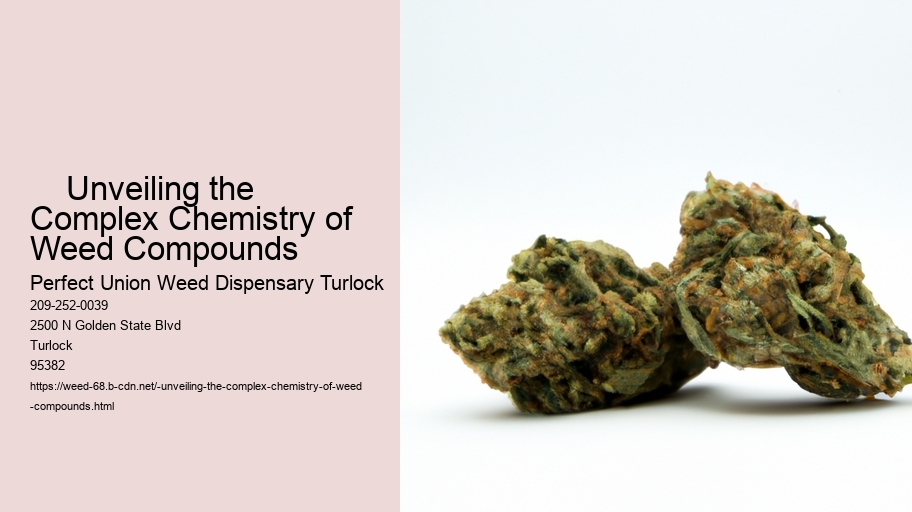

Cannabis flower, also known as bud, herb, or marijuana flower, is the part of the cannabis plant that is harvested and dried for consumption. It contains various compounds, including cannabinoids and terpenes, which contribute to its effects and aroma.
Cannabis flower can be consumed in various ways, such as smoking, vaporizing, or using it to make edibles, tinctures, and topicals. It's important to note that the method of consumption can influence the onset, intensity, and duration of its effects.
Cannabinoids are chemical compounds found in cannabis flower that interact with the body's endocannabinoid system. They are responsible for producing various effects, such as relaxation, euphoria, and altered perception. Common cannabinoids include THC (tetrahydrocannabinol) and CBD (cannabidiol).
Terpenes are aromatic compounds found in cannabis flower that contribute to its distinctive smell and flavor. They can also have potential synergistic effects with cannabinoids, influencing the overall experience.
The choice of strain depends on your preferences and desired effects. Indica strains are generally associated with relaxation and sedation, while sativa strains are often linked to energy and creativity. Hybrid strains combine traits of both indica and sativa.